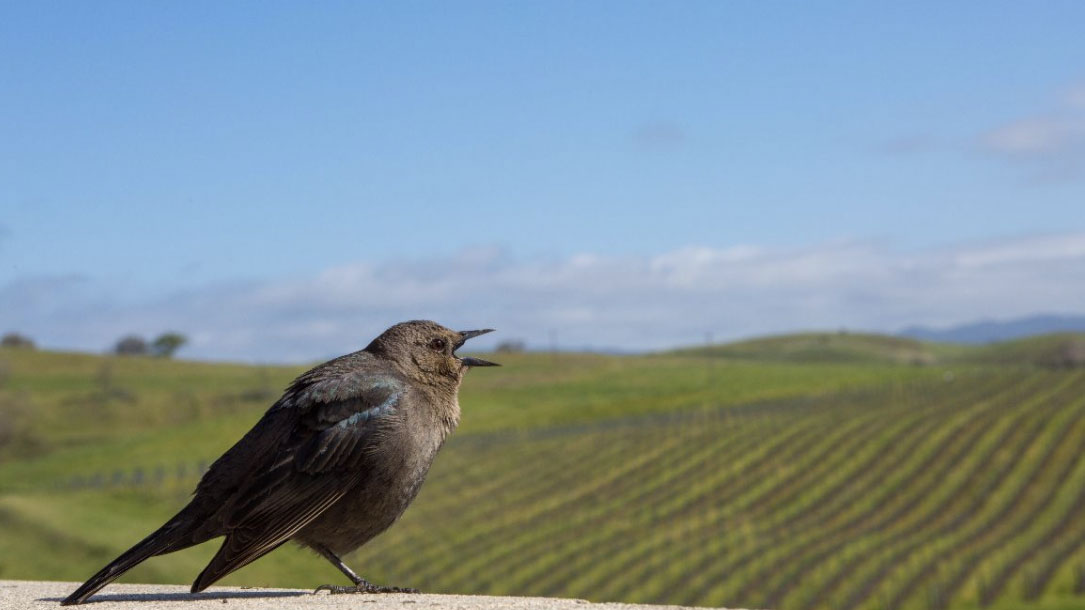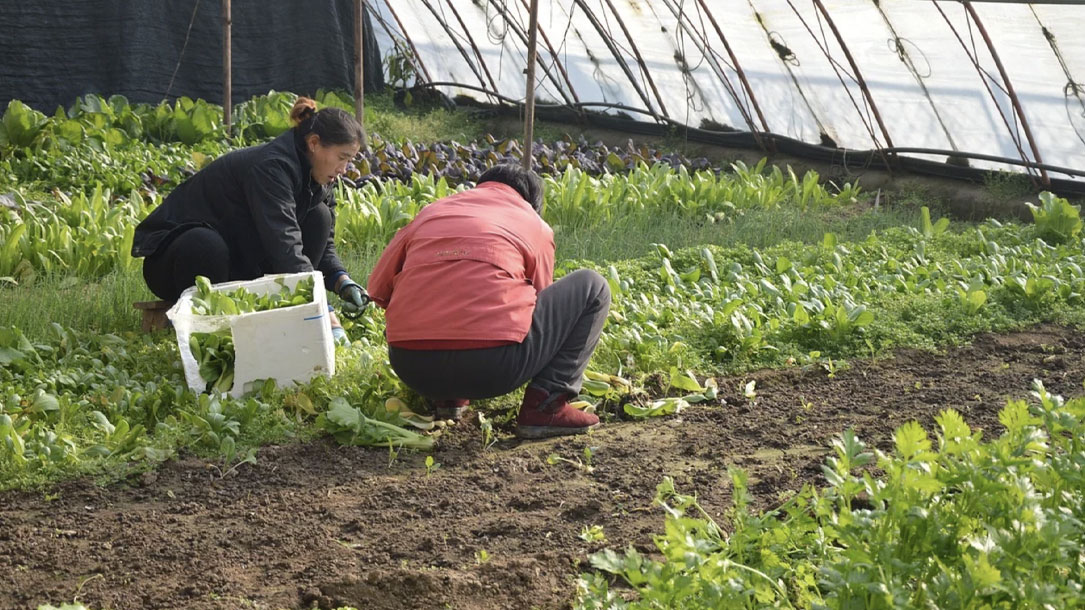Home >

Compounded effects of climate change and habitat alteration shift patterns of butterfly diversity
Climate change and habitat destruction have been linked to global declines in vertebrate biodiversity, including mammals, amphibians, birds, and fishes. However, invertebrates make up the vast majority of global species richness, and the combined effects of climate change and land use on invertebrates remain poorly understood…

‘Climate change’ may be a key factor in declining butterfly populations
As Pennisi points out, “butterflies are at risk in open spaces, too.” She writes: “Art Shapiro, an insect ecologist at the University of California, Davis, and colleagues have shown that over the past 35 years, butterflies are disappearing even in pristine protected areas such as the Sierra Nevada mountain range in the western United States”…

Scientists lay out 10 golden rules for restoring forests
“Scientists from the Royal Botanic Gardens, Kew (RBG Kew) and Botanic Gardens Conservation International (BGCI) have set out ten ‘golden rules’ for reforestation, published today in an open-access article in the leading journal Global Change Biology…”

The reason wild forests beat plantations
In January, scientists at Royal Botanic Gardens Kew in the UK warned that tree planting was often being presented as an easy answer to the climate crisis, and a way out for businesses to mitigate their carbon emissions. But it was not as simple as it seemed. The wrong trees in the wrong places can cause considerably more damage than benefits, and fail to help people, nature, or capture carbon.

Why put a price on carbon?
It also might mean that you encourage your local and regional conservation groups to support the Citizen Climate Lobby’s work on bipartisan efforts to put a price on carbon pollution…and then talk about why they are doing that.

Moose in a warming climate
“Moose populations across the northern United States are declining as the climate warms up. You wouldn’t think that a temperature increase of only 1.5 to 2 degrees Fahrenheit would kill a moose, but it appears that it does. In northwestern Minnesota, nearly all the moose have disappeared, and in northeastern Minnesota over 90 percent of the moose calves are dying during some years. Moose hunting is no longer allowed in Minnesota…”

Any infrastructure plan also needs to invest in trees and green space
It’s up to community leaders, neighborhood organizations, nonprofits, and more to ensure that green strategies are not an afterthought but a critical foundation of any infrastructure plan introduced in Congress…

Climate change strategies
The Land Trust of Napa County (LTNC) is actively working to incorporate the challenges and threats posed by climate change into both its land conservation and natural resource management strategies, with a focus on protecting and restoring the ability of our local ecosystems to respond and adapt to warming temperatures. LTNC has dramatically increased its pace of land protection and stewardship throughout Napa County over the last five years to more effectively address these pressing issues…

How does climate change affect land trusts?
The Land Trust Alliance manages a website dedicated to climate change. There are numerous resources available for land trusts to use, reference, and expand upon. Topics include climate adaptation, resilience, carbon finance, mitigation, and case studies…to name a few.

Empowering women farmers and landowners to protect their land and embrace conservation
“The future of agriculture is increasingly female.
43 percent of U.S. farmland —nearly 388 million acres— is now farmed or co- farmed by women. Many of these women have a strong conservation ethic and are deeply committed to healthy farmland, farm families, and farm communities.
But women face gender-related barriers to managing their land for long-term sustainability…”












